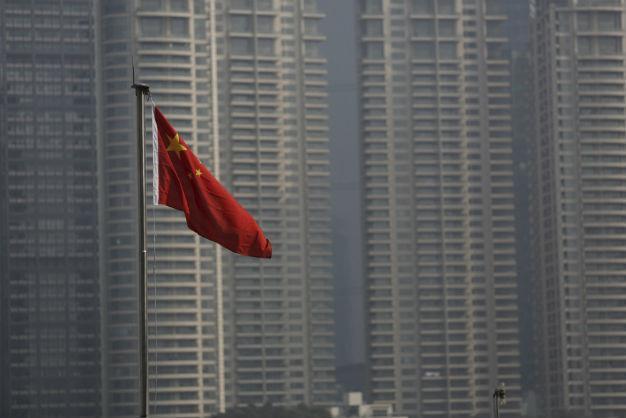China 2015 growth slows to weakest for 25 years
BEIJING - Agence France-Presse

REUTERS photo
China’s economy grew at its slowest pace in a quarter of a century last year as it undergoes a difficult transition, data showed Jan. 19, escalating concern over a crucial driver of global expansion. The 6.9 percent figure was the slowest in the People’s Republic since the 3.8 percent of 1990, a year after the bloody Tiananmen Square crackdown rocked the country and isolated it internationally.World markets have been hammered in recent weeks by worries over China, the world’s number two economy, and its fourth-quarter expansion also slowed to 6.8 percent, the National Bureau of Statistics (NBS) said, the softest since the global financial crisis.
Both figures matched the median forecasts in an AFP survey of 18 economists.
News that China’s economy grew last year in line with expectations lifted Asian and European stocks on Jan. 19, providing some rare support at the start of a turbulent year that has seen global markets hammered.
However, while most bourses across the region enjoyed a strong rally led by Shanghai, dealers remain cautious as the China figure still marked the worst annual growth performance in a quarter of a century.
“The economy is in the process of stabilization, but it hasn’t stabilized yet,” Liao Qun, chief economist at Citic Bank International in Hong Kong, told AFP.
China’s leaders, who targeted growth of “about seven percent,” are looking to transform the country’s economic model away from the investment and exports of the past to one more oriented towards domestic consumer demand.
The services sector accounted for 50.5 percent of gross domestic product (GDP) in 2015, the NBS said in a statement, the first time it was more than half the economy.
Structural transformation ‘still underway’
The structural transformation was still underway, it added, calling it “a crucial period during which challenges need to be overcome and problems need to be resolved.”
“The task of comprehensively deepening the reform is still heavy,” the body said.
Last year’s growth was well below the 7.3 percent of 2014, and the AFP survey projected it would fall to 6.7 percent this year.
“The situation in 2016 will be more or less the same as in 2015 and China’s economic growth will still face a complicated and volatile international situation,” NBS chief Wang Baoan told reporters.
But while some sectors will see destocking and overcapacity reduction, he pointed to new areas such as online retail and renewable energy cars as still growing fast.
As such, he said: “We think in 2016 China’s economic growth will remain stable. We are confident in that.”
The Communist party is widely expected to lower the growth target this year, and President Xi Jinping has said expansion of 6.5 percent will be sufficient for China’s needs.
Questions have repeatedly been raised about the accuracy of official Chinese economic statistics, which critics say can be subject to political manipulation, and even Premier Li Keqiang has reportedly expressed doubts about the data.
Unexpected moves in the yuan exchange rate after a surprise devaluation in August 2015 have also disturbed investors in recent weeks, with fears the real picture is worse than portrayed and authorities may not be able implement reforms to make the economy more market-driven.
Julian Evans-Pritchard, China economist for Capital Economics, said in a note: “The continued stability of the official GDP figures will do little to assuage concerns over their credibility.”
While official figures should not be taken at face value, he said, the data “don’t suggest that China is now entering a deeper economic crisis” and his group expects China’s results “to gradually turn more upbeat over the next few months.”
But some economists forecast a rockier year.
















